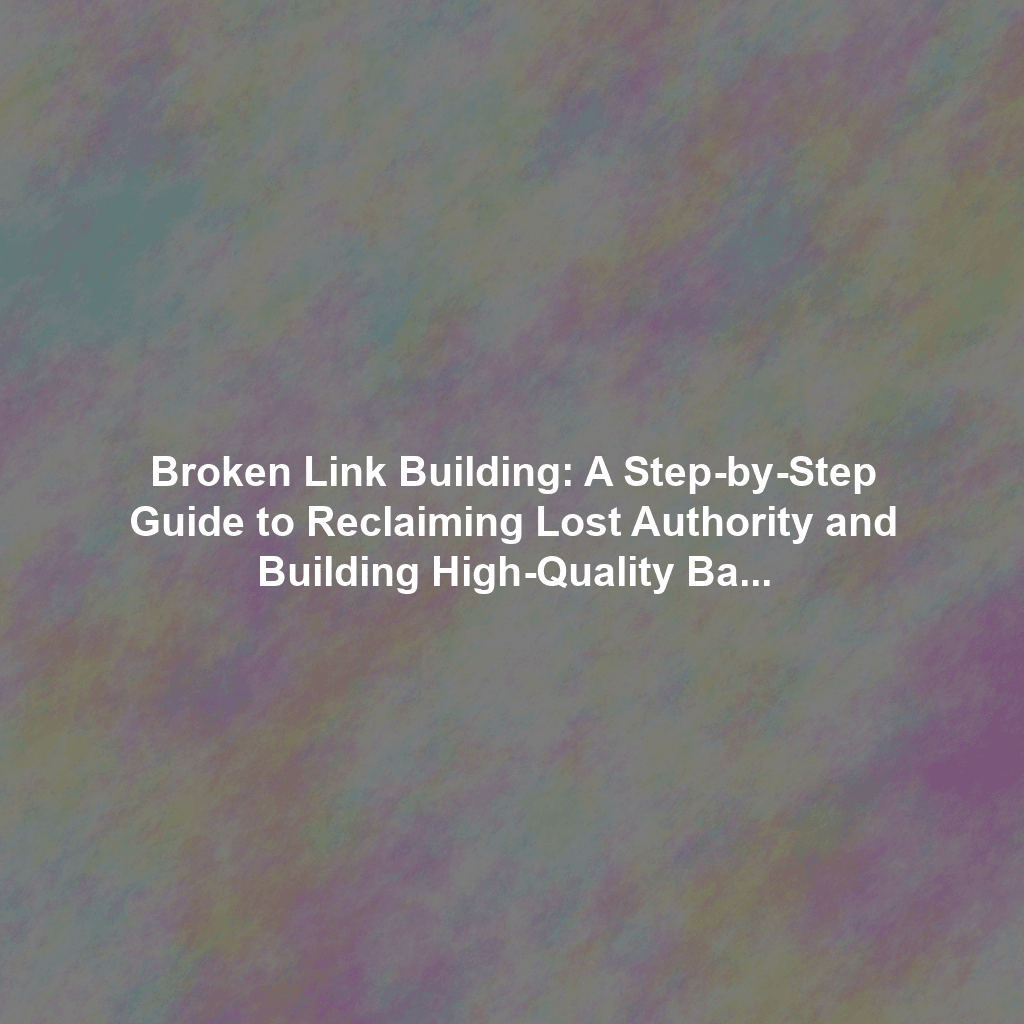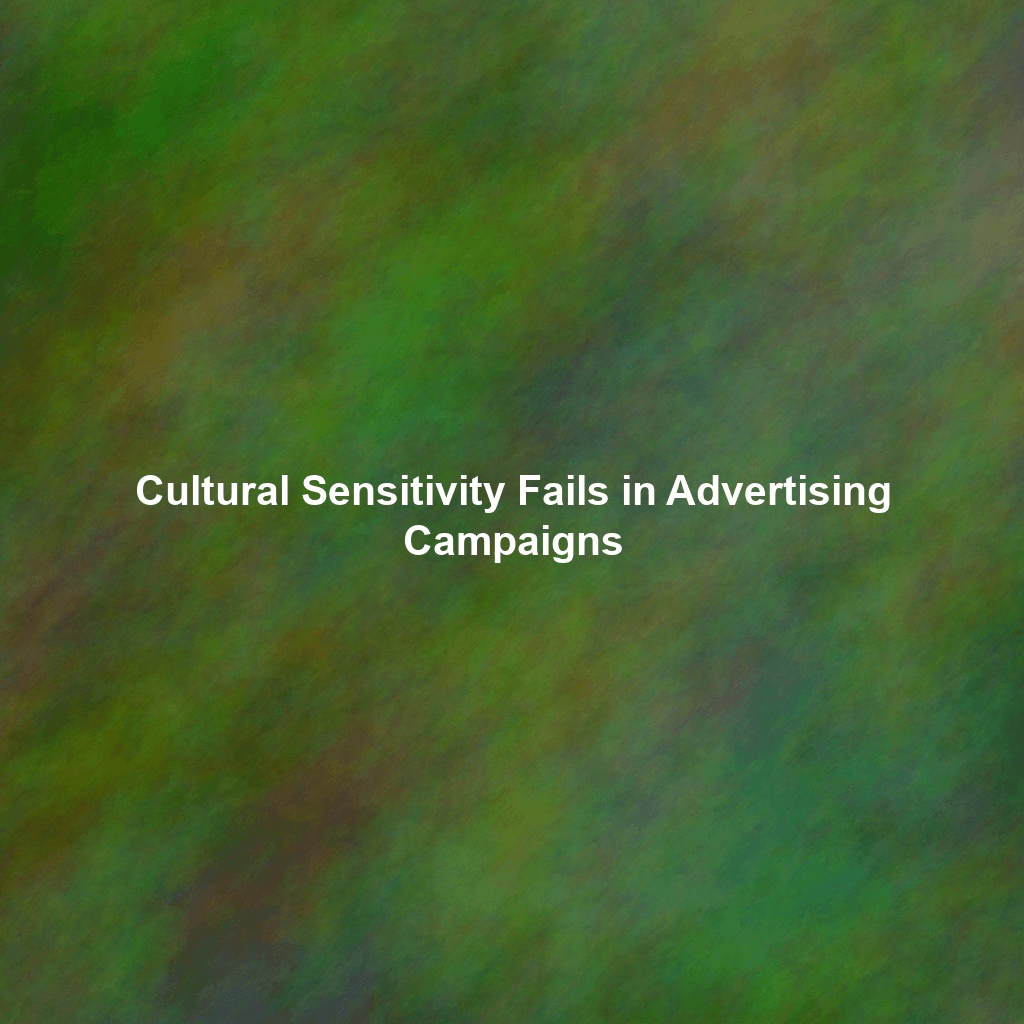What is Broken Link Building?
Broken link building is a link building tactic that involves finding broken (or dead) links on other websites, creating a suitable replacement resource on your own site, and then contacting the webmaster to suggest your resource as a replacement. It’s a win-win situation: the webmaster fixes a broken link on their site, improving user experience, and you gain a valuable backlink from a relevant and authoritative website. Crucially, this method hinges on providing genuine value and offering a superior alternative to the dead link.
Why Broken Link Building Works
Several factors contribute to the effectiveness of broken link building:
- Natural Backlink Acquisition: You’re essentially offering a solution to a problem (a broken link), making your outreach more welcome and less intrusive than other link building tactics.
- Targeted Relevance: By targeting websites within your niche, you ensure that the backlinks you acquire are highly relevant to your content and audience.
- Authority Transfer: Links from authoritative websites pass on valuable “link juice,” boosting your own website’s authority and search engine rankings.
- Improved User Experience: You’re contributing to a better online experience by helping webmasters fix broken links on their sites.
Step-by-Step Guide to Broken Link Building
1. Finding Broken Links: Your Hunting Ground
The first step is to identify websites in your niche that are likely to have broken links. Here are a few strategies:
- Competitor Analysis: Analyze the backlink profiles of your competitors using tools like Ahrefs, SEMrush, or Moz. Look for backlinks that lead to error pages (404 Not Found).
- Resource Pages: Search for resource pages or link lists in your niche using Google search operators like “intitle:resources [your keyword]” or “inurl:links [your keyword]”. These pages often contain outdated links.
- Wikipedia: Explore Wikipedia pages related to your niche. Wikipedia editors are diligent in maintaining accuracy, but broken links can still slip through.
Once you’ve identified potential websites, use a broken link checker tool. Some popular options include:
- Ahrefs’ Broken Link Checker
- Semrush (within their site audit tool)
- Dr. Link Check
- Broken Link Checker (Chrome Extension)
These tools will crawl the website and identify all broken links, along with their anchor text and the page they’re found on.
2. Creating Valuable Replacement Content: The Key to Success
Finding broken links is only half the battle. You need to create a resource that’s significantly better than the original (now defunct) content. This is crucial for convincing webmasters to replace the broken link with a link to your resource. Consider these factors:
- Content Quality: Ensure your content is well-researched, accurate, up-to-date, and comprehensive.
- Content Format: Offer a variety of content formats, such as blog posts, infographics, videos, or interactive tools, depending on the topic.
- User Experience: Design your content to be visually appealing, easy to read, and mobile-friendly.
- Originality: Avoid simply recreating the original content. Add your own unique perspective, insights, and value.
Ask yourself: What problem does this content solve? How can I make it better than anything else available on the web?
3. Ethical Outreach: Building Relationships, Not Just Links
The final step is to reach out to the webmaster and suggest your resource as a replacement for the broken link. Here are some tips for crafting effective outreach emails:
- Personalization: Avoid generic templates. Personalize each email by mentioning the webmaster’s name, the specific page with the broken link, and the topic of their website.
- Politeness and Respect: Be polite and respectful in your tone. Remember that you’re asking for a favor.
- Value Proposition: Clearly explain why your resource is a valuable replacement for the broken link. Highlight its benefits and how it will improve the user experience on their website.
- Offer Help: Offer to help the webmaster fix the broken link themselves if they prefer.
- Proofread: Ensure your email is free of typos and grammatical errors.
- Keep it Concise: Get straight to the point. Webmasters are busy people.
Here’s an example of an outreach email:
Subject: Broken Link on [Website Name] - A Quick Fix
Hi [Webmaster Name],
I was browsing your excellent article on [Topic] and noticed a broken link to [Broken Link Anchor Text] on this page: https://ahrefs.com/broken-link-checker.
I recently created a comprehensive guide on [Topic] that I think would be a great replacement. You can find it here: https://www.tiktok.com/discover/what-does-o-f-content-mean. It covers [briefly describe key points of your content].
It might be a useful resource for your readers and help you keep your content up-to-date.
Either way, keep up the great work!
Best regards,
[Your Name]
[Your Website]
Important Considerations: Ethics and Long-Term Strategy
Broken link building is most effective when approached ethically and as part of a broader long-term strategy. Avoid:
- Aggressive Outreach: Don’t spam webmasters with multiple follow-up emails.
- Misleading Claims: Don’t exaggerate the value of your content or make false promises.
- Prioritizing Quantity over Quality: Focus on building a few high-quality backlinks from relevant websites rather than acquiring numerous low-quality links.
Focus on building genuine relationships with webmasters and providing value to their audience. This will not only help you acquire backlinks but also establish you as a trusted authority in your niche.
Conclusion
Broken link building, when executed correctly, is a powerful and ethical backlink strategy. By identifying broken links, creating valuable replacement content, and engaging in ethical outreach, you can reclaim lost authority, build high-quality backlinks, and improve your website’s search engine rankings. Remember to prioritize providing value to website owners and their users, and focus on building long-term relationships. With patience and persistence, broken link building can become a cornerstone of your SEO strategy.
 Skip to content
Skip to content

